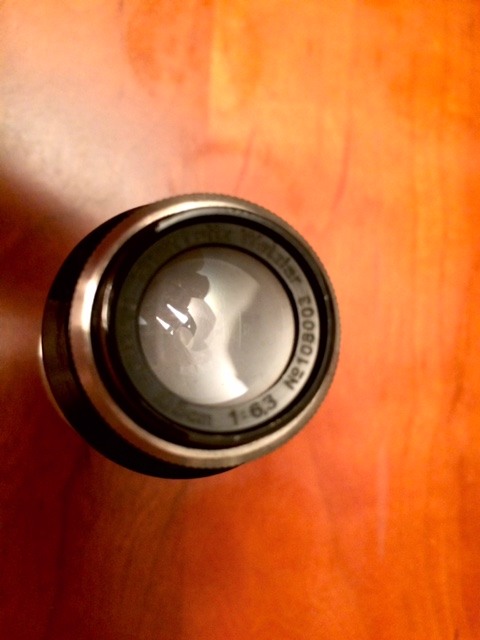Search the Community
Showing results for tags '105 Elmar lens'.
-
The 105 f6.3 Elmar is well known to most of us, but some details can still be discussed. I attach a photo of my collection, which ranges from very early to late production as per the factory serial number list, and from my collected serial numbers. Several authors have said that they believe an uncoupled version exists, but I do not believe this has ever been confirmed. By most accounts, the lens was not available until early 1932; I note it was mentioned in the March 1932 dealer’s bulletin, as coupled. As the model D was launched around February 1932, there were still plenty of model C cameras that would not have benefited from the rangefinder coupling. Die Leica also notes a coupled version only in the July/August 1932 publication. If an un-coupled version exists, collectors would love to see it. A prototype exists in the Leitz museum but is quite different from production lenses. Records show 9 early allocated units at 107891 to 107899, but I have never recorded one from this possible batch. The next lot is 107901 to 108097; I have noted 10, all above 108000, and 3 which I have. My earliest is 108003, see photo. It was delivered to Berlin on July 20, 1932 and is definitely coupled. These batches are within the range of 100000 to 120000 that Leitz normally used for their lenses sold to and used on, other manufactures cameras. If anyone has a very early 105 Elmar, please share. Early units are black and nickel, after 1933 they were black and chrome. All of mine with the distance scale in feet are also engraved Germany, evidently for export. All engraved in meters do not have Germany engraved. Also, the early lenses, up to about 162,xxx have the lens cap with complete internal velvet covering, after that they only have the covering on the inside rim. Perhaps this was a change for all lens caps of other length lenses also. The original boxes are also rarely seen; in the photo is an early very dark red/brown tube and also one of the later red varieties. Late units have an infrared mark. These lenses were not especially successful and production (1932 to 1937) was low (3975), but obviously they are interesting to me and I enjoy them. All comments welcome.




